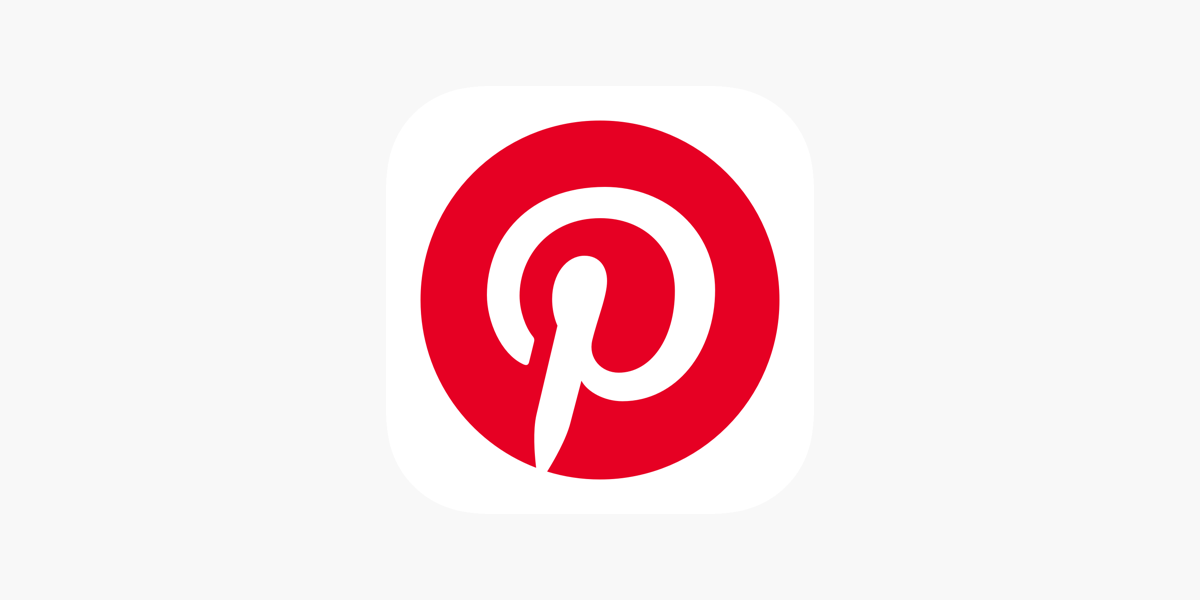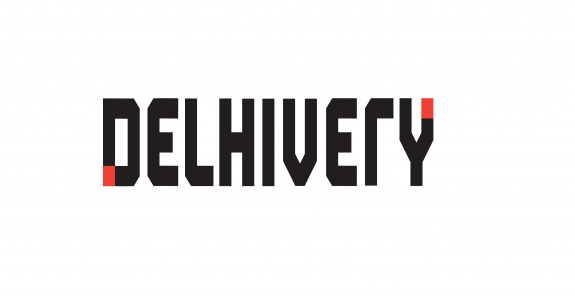Introduction
The Business model of Pinterest involves its business plan, revenue model, its competitors, SWOT Analysis and many more.
![]()
Pinterest is basically a pinboard-style photo-sharing platform. You can create your collection of photos and also, manage theme-based photos of events, hobbies and many others. Pinterest has effectively created a monetization model for its users and content contributors to keep growing the community and foster it.
Business Plan
The business model of Pinterest has two key players:
- Pinners
- Advertisers
While there are many other photo-sharing social media sites including well-known apps like Instagram and Snapchat, Pinterest’s business model isn’t based on sharing photos or videos with friends and followers. Instead, Pinterest sees itself as a ‘discovery service’ that helps users curate a virtual vision board. They have several types of pins including standard image pins, product pins, collections, and video pins. Popular uses of Pinterest include planning for things weddings, home renovations, or meals for the week.
Pinterest tries to reach its ads to users which are in the right mindset and believes in it. Thus this increases the effectiveness of ads on Pinterest. Most of the Pinterest users are in search of inspiration and ideas for planning new things and showing ads during this planning process is the best time to help its users by providing their services from related businesses. This makes it a better place for businesses.
Revenue model
Pinterest didn’t have a revenue source till 2013 when it released its new feature – the promoted pins. Promoted pins are advertisements in the form of pins on the user dashboard, search results, and other places on Pinterest promoted by an identified sponsor and redirected to the sponsor’s website or application; thereby, Pinterest follows an advertising revenue model.
The promoted pins, just like promoted content over other social media networks, are user targeted so that the user and the advertiser get what they need. Their reach depends on the bids by the sponsor, and the bids depend on the target interests and other demographic factors. The promoted pins are the advertisements shaped in the form of pins on the search results, dashboard and other areas of Pinterest which are endorsed by some specified sponsor and can redirect to the sponsor’s website.
The promoted pins feature is similar to the promoted content features available on other social media platforms. These are user-targeted. Hence, it benefits the user as well as the advertiser. Pinterest uses the widely preferred digital monetization models for better revenue return.
Competitors
There are no companies that have the same business model as Pinterest though companies like Instagram and Snapchat are also photo sharing social media sites. Here is the list of some of the similar applications using the similar business models:
SWOT Analysis
Strengths
- Focused Functionality: Unlike many other competitors who add a huge amount of different features to their site, Pinterest does one thing and with perfection. It gives the social media platform a great edge as people prefer surfing the site for inspiration and content rather than using the competitor’s site
- Passionate Pin: Pinterest allows its users to chronicle and shares what they love. Their desires, hobbies, aspirations, interests, etc on the feed. People can share their creative content on the feed and publish it on a public platform.
- Intuitive Interface: The app is easy to use. It’s drop-dead simple, possibly because of its focused features, as is impacting web design practices in widespread and profound ways. As the features are limited therefore it becomes user friendly, even children above the age of 13 could use it.
- Massively Browsable: Because of the easy and eye-catching pictures used by the site, it is very easily accessible without any reading to do.
- Equality: The brand has access to the same features that a browser has; it establishes equality in the mind of the users. The brand also does not provide blue ticks for verified accounts maintaining equality within the community.
- Copyright Notification: Pinterest has a notification system that could be used by the copyright holders to request for the content to be removed from various other sites on the net.
- User Base: Billions of searches happen on Pinterest every month around 86% of those come from mobile devices.
Weaknesses
- Link Spam: The contents of the site have to be backed up by a link to a website. This becomes a big disadvantage for Pinterest as people are not able to upload or pin content easily without having a website. Sometimes the links used to upload content are spam and therefore it becomes a huge disadvantage for the platform.
- Focusing on Affiliate Marketing: Pinterest is giving an affiliate marketing opportunity where the top-selling products of different sites can appear on Pinterest, creating an automated revenue system. The products that appear from sites such as Amazon are advertised. This creates a user experience interrupted by promotions. Pinterest is also aware of the problem and is working towards it.
- Increasing Ratio of One Gender User: Pinterest is considered a site for women and it is also used most by women, whereas other sites are more popular with both genders.
Opportunities
- SEO Opportunity: Pinterest provides a great SEO opportunity to its users. People can add links to the content posted on the site and increase traffic on their web pages. The company is expanding their business and growing rapidly.
- Increasing Users’ E-commerce: The user’s e-commerce integration if works properly will drive more traffic and keep the audience happy. Interlinking users’ business web pages as well as providing an opportunity to create advertisements for their e-commerce is a great opportunity for the site.
- Connect Account with Other Platforms: Pinterest has an option to connect one Facebook or Twitter account which gives another great opportunity as the content of Pinterest can be now advertised on these platforms as well.
Threats
- Fear of Acquisition: The is trying to work alone with a quite different user interface and therefore it becomes prone to acquisitions by companies such as Google, etc.
- Copyright Infringement: Pinterest encourages its users to copy the content from the net to the sites which could lead to copyright infringement and legal actions against the users.
- Scam or Spams: The pins are sometimes scams or spam which greatly affect the company’s credibility.
Conclusion
Pinterest has been proven a very exciting social media platform that monetizes its website by selling digital advertisements in a distinct targeted manner. Its revenue comes almost entirely from advertising and advertising adjacent revenue streams.




